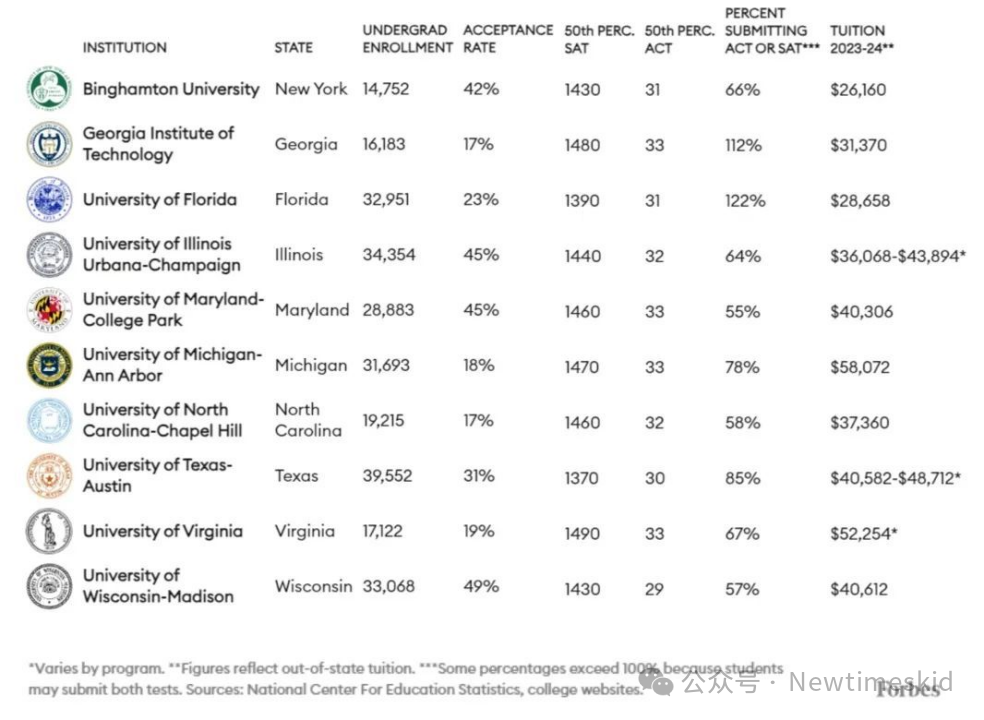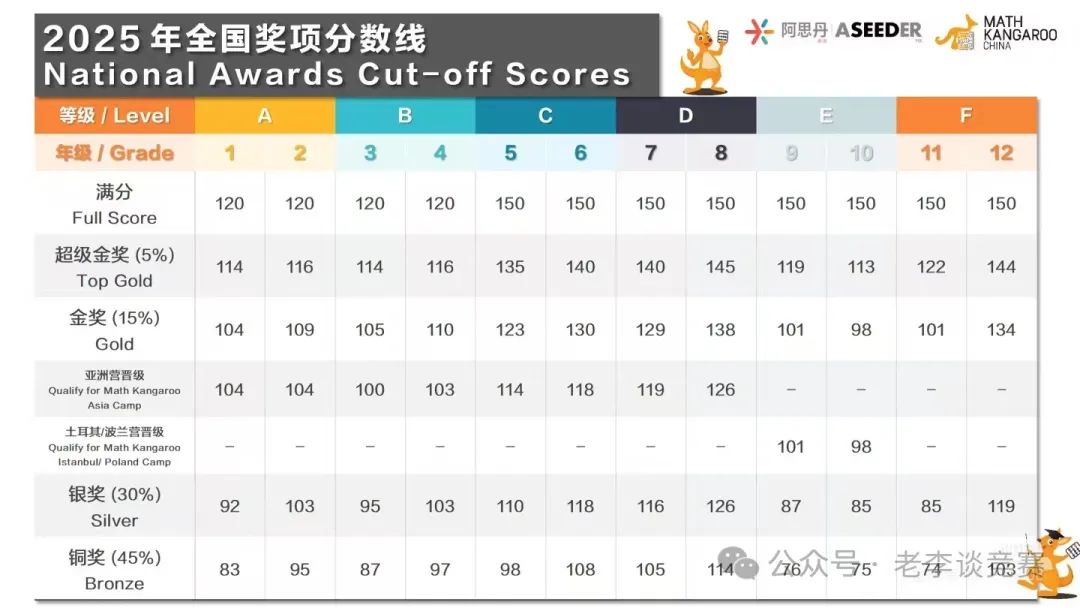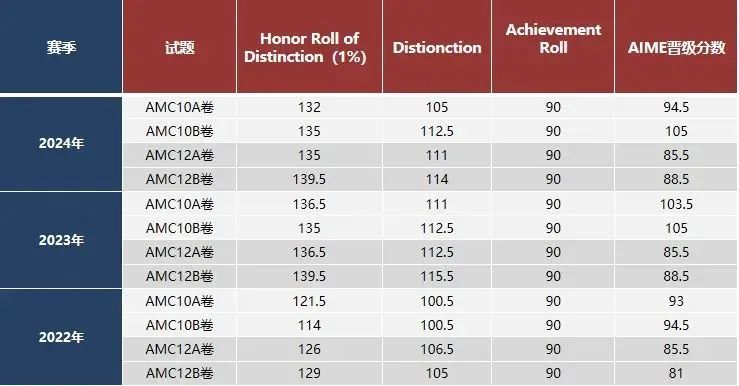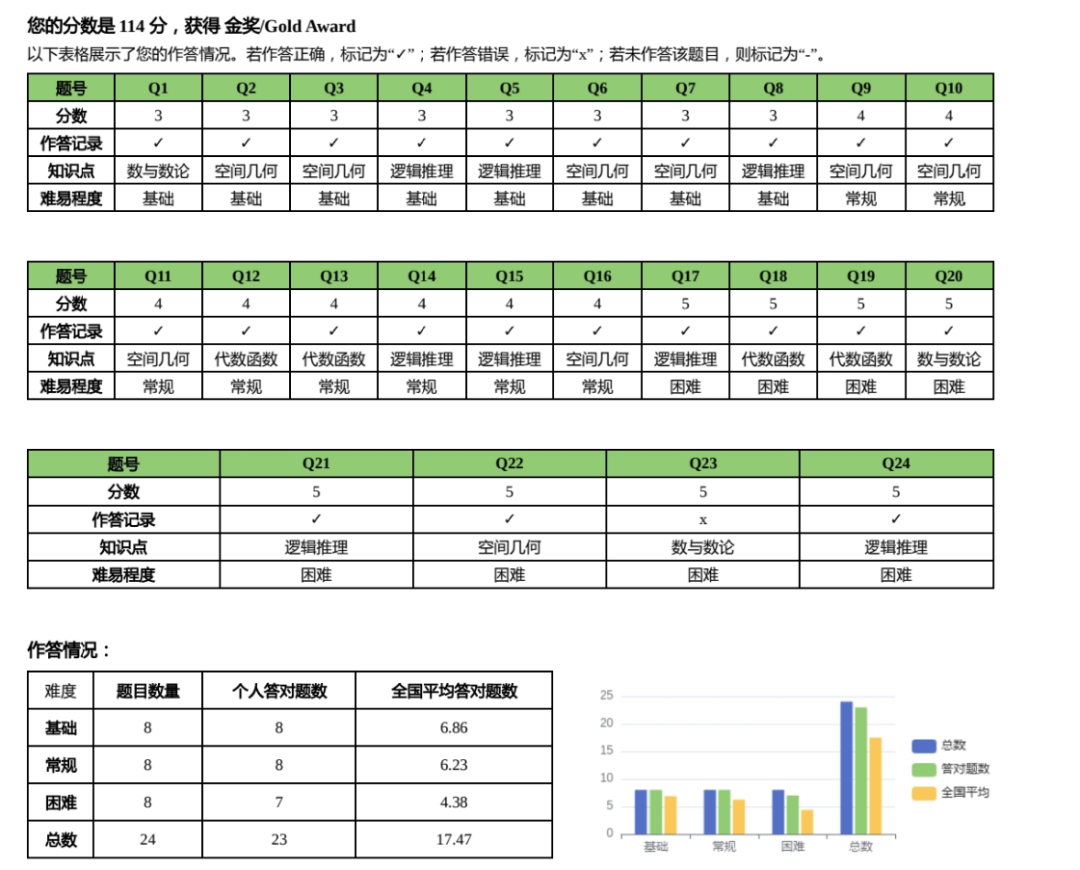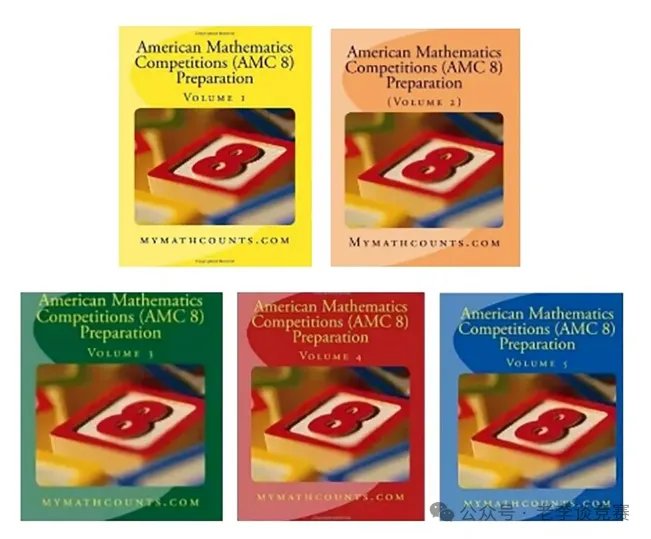接触到热力学(Thermal physics),会从微观粒子(particles或molecules)的角度来解释物质的温度、压强、动能、势能等问题。学生们会觉得微观的部分不太好理解,知识点可以理解,落实到练习题,仍然会有下不了手的感觉。
今天我们整理并分享几道ideal gas(理想气体)相关的简答题。通过这几题辅助大家思考一下理论知识点和考题的联系。
试题来源:CAIE A Level物理(9702)近年真题
问题1:What is meant by an ideal gas.
解析:
这是一道基础的定义题,解释什么是ideal gas。
简单来说只要符合ideal gas equation,pV / T = constant的,就叫理想气体。
不过要同时解释清楚p、V和T分别代表哪些物理量。
答案:
gas obeys formula pV / T = constant
p is pressure
V is volume
T is kelvin temperature
问题2:An ideal gas is said to consist of molecules that are hard elastic identical spheres. State two further assumptions of the kinetic theory of gases.
解析:
问题要求写两点关于kinetic theory of gas的假设。
假设一共有好多条,大致可以整理成6条,这几条是后面理解kinetic theory equation的推导和有关理想气体internal energy相关问题的重要前提。
答案:
6选2,优先选择前面几条答案。
total volume of molecules negligible compared to that of container
no intermolecular forces/ no forces between molecules (except during collisions)
molecules in random motion
all collisions involving molecules of the gas are elastic
time of collision small compared with the time between collisions
large number of molecules
问题3:One of the assumptions of the kinetic theory of gases is related to the volume of the atoms.
解析:
本题是由上述6条假设延伸出的问题,要求我们写有关粒子体积的那一条假设。
答案:
assumption: volume of atoms negligible compared to volume of container
问题4:ΔU = (+q) + (+w) 热力学第一定律这几个字母所代表的含义。
解析:
ΔU指的是内能(internal energy)的变化,如果internal energy增加,那ΔU是正的;如果internal energy减少,那ΔU是负的。
q代表这个系统吸收thermal energy或者释放thermal energy。
w代表work done,做功,是对系统做功还是系统对外做功。
答案:
+ΔU : the increase or decrease in internal energy of the system
-ΔU : decrease in internal energy of the system
+q:thermal energy transfer to system
+ w:work done on system
问题5:State what is meant by the internal energy of a system.
解析:
Internal energy的定义,指的是组成物质的particles所具有的动能和势能的总和。
U=Σk.e.+Σp.e.
答案:
sum of potential energy and kinetic energy (of particles)
(total) energy of random motion of particles
问题6:By reference to intermolecular forces, explain why the change in internal energy of an ideal gas is equal to the change in total kinetic energy of its molecules.
解析:
通过讨论分子间作用力来解释内能的变化=总动能的变化。
内能公式:U=Σk.e.+Σp.e.;要想ΔU=ΔΣk.e.,那么Σp.e.必须等于0
再结合kinetic theory of ideal gas的假设,粒子之间没有分子间作用力,所以也没有potential energy。
整理一下思路得到下面答案。
答案:
(in ideal gas,) no intermolecular forces
no potential energy
so change in kinetic energy is change in internal energy
问题7:Use one of the assumptions of the kinetic theory of gases to explain why the potential energy of the molecules of an ideal gas is zero.
解析:
和问题6是类似的问题,答案只需要写到potential energy=0就可以了。
答案:
no intermolecular forces (so no potential energy)
问题8:Explain why, for an ideal gas, the change in internal energy is directly proportional to the change in thermodynamic temperature of the gas.
解析:
这也是一道有关内能公式的延伸问题。
解释ΔU和热力学温度成正比,而温度和k.e.成正比,也就是ΔU和k.e.成正比,那么就回到了问题6。
自然就得到下面的答案。
答案:
(in ideal gas) no intermolecular forces so no potential energy
internal energy is (solely) sum of kinetic energy (of particles)
(mean) kinetic energy (of particles) proportional to (thermodynamic) temperature of gas





